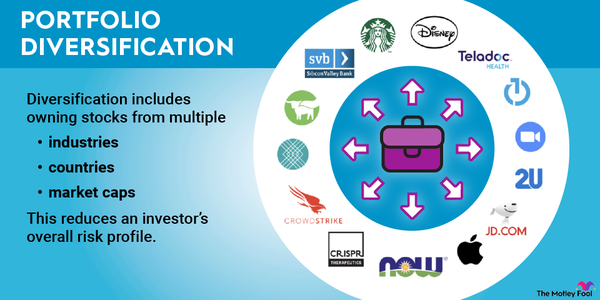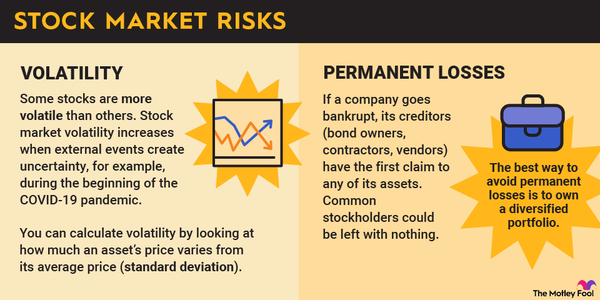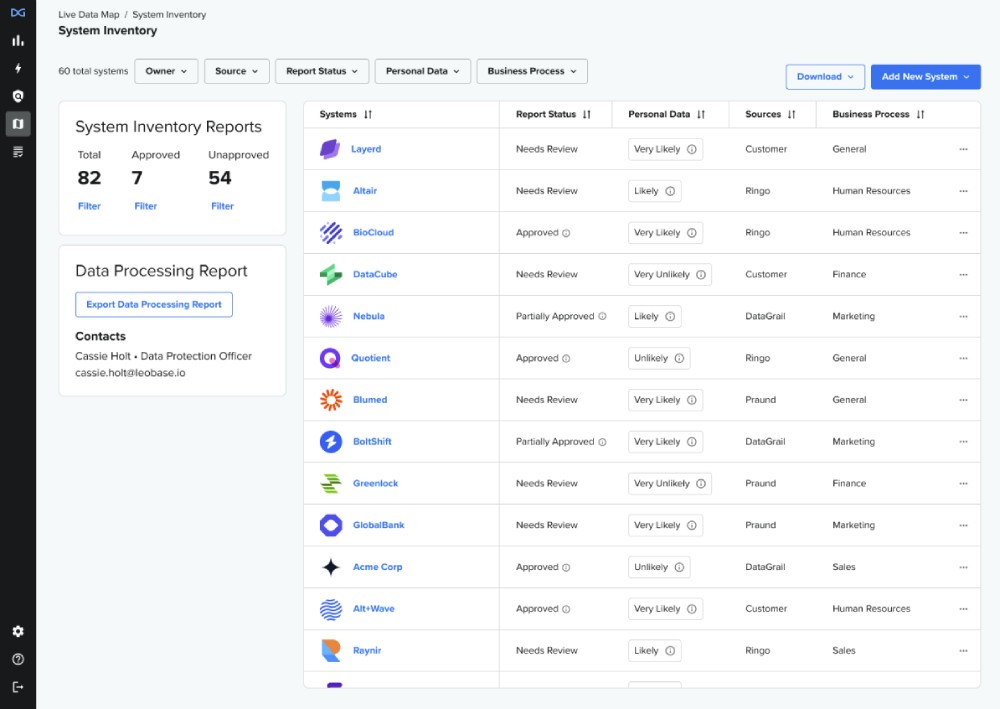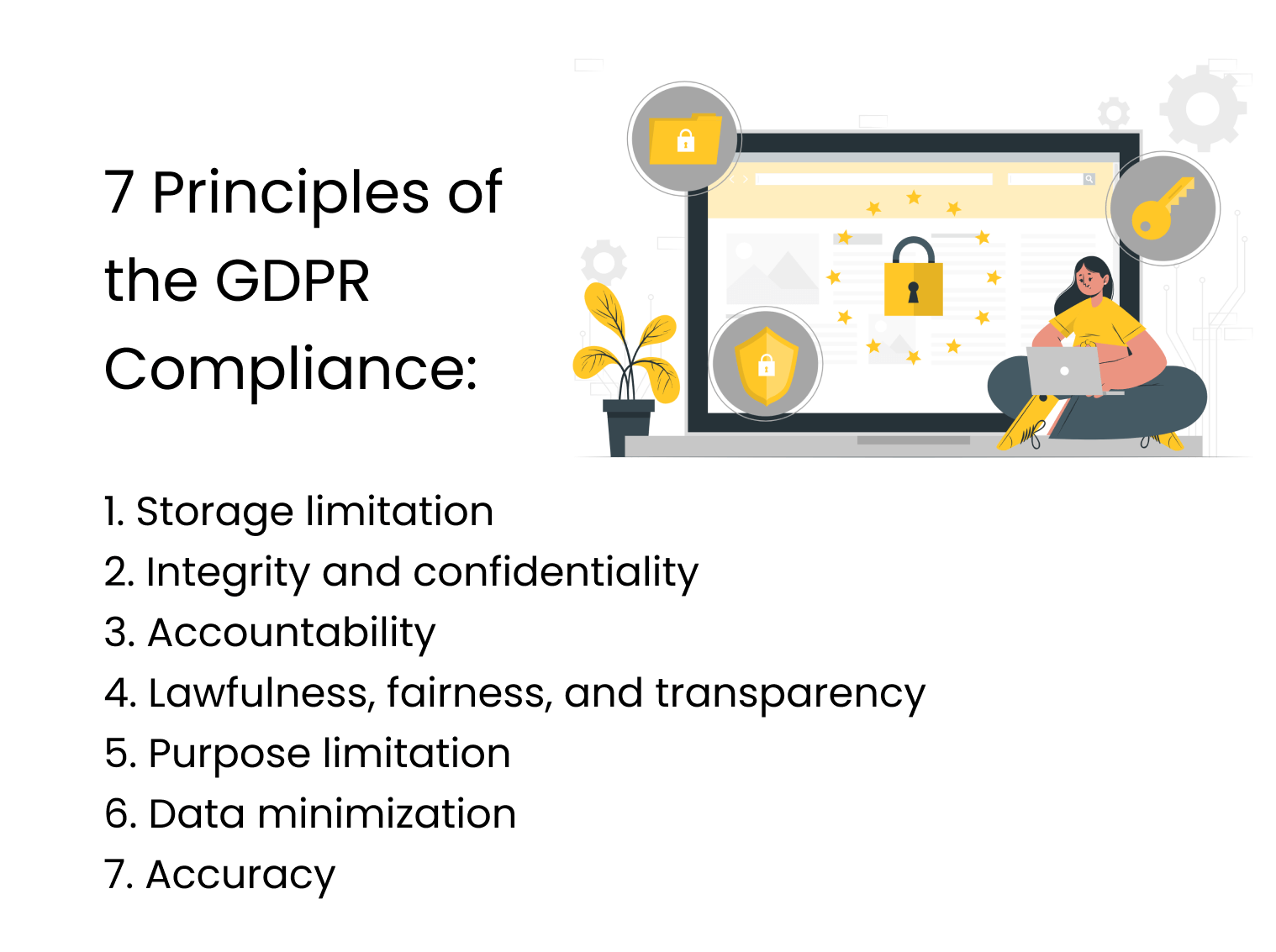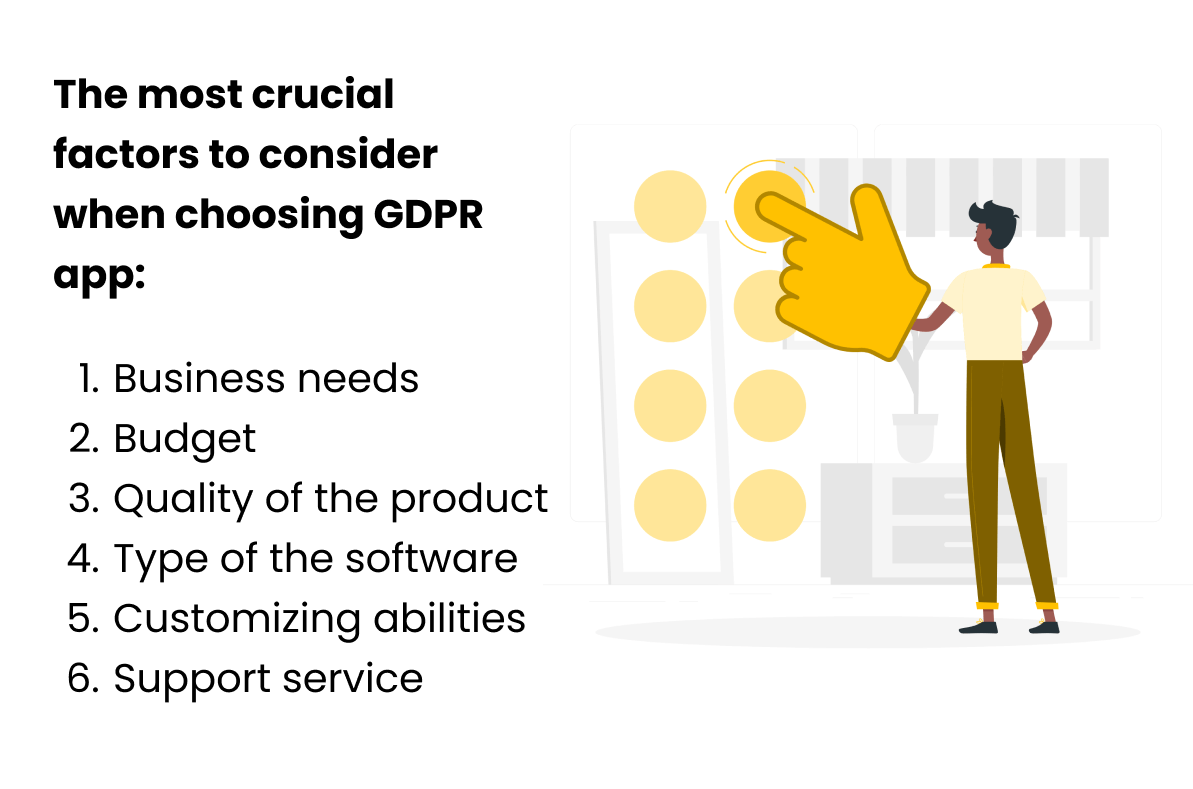In today’s rapidly evolving digital landscape, the seamless integration of software systems is no longer a luxury—it’s a necessity. Businesses are investing more than ever in software integration consulting to ensure that their diverse applications work harmoniously, driving operational efficiency and innovation. In fact, the global enterprise application integration market is projected to reach $27.4 billion by 2024, according to a report by MarketsandMarkets. This staggering figure underscores the critical role integration plays in modern business strategy.
But what exactly does “software integration consulting” entail, and why is mastering it so crucial for your organization’s success? Whether you’re wrestling with outdated legacy systems or battling siloed data, understanding the nuances of this specialized consulting field can empower your business to streamline operations and maximize impact. In this article, we will dive into the key components and strategies of effective software integration consulting, providing you with the insights needed to achieve a seamless digital transformation. Let’s explore the essentials to ensure your business remains competitive and agile in an era of rapid technological advancement.
Understanding the Basics of Software Integration Consulting
What is Software Integration Consulting?
Software integration consulting is a specialized service that focuses on bridging the gaps between disparate software systems to enable them to work together seamlessly. This process involves assessing business needs, understanding existing IT environments, and devising strategies to connect various software applications and platforms. The primary goal of software integration consulting is to enhance efficiency, improve data consistency, and support business objectives by ensuring that different software systems can communicate and function as a cohesive whole.
The Role of a Software Integration Consultant
A software integration consultant plays a critical role in achieving successful software integration. They act as the intermediary between business needs and technical solutions, leveraging their expertise to design and implement integration strategies. The consultant conducts thorough analyses of current systems, identifies incompatibilities or inefficiencies, and proposes solutions to enhance inter-system connectivity.
The consultant’s responsibilities often include project management, system architecture design, and collaboration with stakeholders to ensure that the integration aligns with business goals. They need to possess a deep understanding of technologies such as APIs, middleware, and cloud services to effectively unify various software systems. Additionally, their role may involve training team members and providing ongoing support to facilitate a smooth transition to the integrated system.
By mastering both technical and business aspects, software integration consultants enable organizations to harness the full potential of their software assets, driving performance and innovation.
As we delve further into software integration, it’s important to explore the key challenges and innovative solutions that define this field. Understanding how to address these challenges effectively is crucial for any integration project. Let’s examine some of the core issues organizations face and how they can overcome them through smart strategies and technological advancements.
Key Challenges and Solutions in Software Integration
Addressing Data Silos and Fragmentation
Data silos are a major challenge in software integration, often resulting in fragmented systems that impede the efficient flow of information across an organization. These silos emerge from disparate systems and technologies not being designed to work together. To tackle this issue, organizations need to adopt integration strategies that prioritize seamless data exchange. Utilizing middleware solutions and APIs can foster connectivity between different systems, diminishing the risk of data silos.
Furthermore, effective data governance policies and standardized data formats can ensure that data remains consistent and accurate as it moves between different systems. By addressing these silos head-on, businesses can enable better decision-making and drive more informed outcomes.
Modernizing Legacy Systems Effectively
Legacy systems pose another significant challenge for software integration. These systems, often built with outdated technology, can be a bottleneck for modern business operations and innovation. Modernizing these systems requires a strategic approach that balances current operational needs with future scalability.
One solution involves a phased approach to modernization, where components of the legacy system are updated incrementally rather than all at once. This method minimizes disruptions while gradually enhancing system capabilities. Additionally, leveraging cloud-based solutions and microservices architectures can provide the flexibility needed to augment legacy systems with modern technologies, facilitating seamless integration with contemporary applications.
Addressing these challenges is crucial for organizations looking to fully optimize their software integration efforts. By overcoming data silos and modernizing legacy systems, businesses are better positioned to harness the full potential of their software ecosystems. The next section will delve into unique challenges faced by the investment services industry and the AI-powered solutions available to address them, paving the way for improved efficiencies and strategic advantages.
Investment Services Industry: Unique Challenges and AI Solutions
The investment services industry is currently navigating a complex landscape filled with unique challenges that demand innovative solutions. Key issues such as market volatility, intensified competition, and shifting market dynamics require a strategic approach to maintain a competitive edge. This is where AI-powered solutions come into play, providing robust tools to address these challenges effectively.
Leveraging AI to Overcome Market Volatility
Market volatility, amplified by factors like high-debt environments in the US and Europe, poses a significant challenge for investment firms. This volatility is exacerbated by increasing market dispersion across various stocks, sectors, and regions. AI solutions offer a pathway through this uncertainty, providing advanced analytics and forecasting tools that help firms make better data-driven decisions. By utilizing AI to process large volumes of market data quickly and accurately, investment managers can gain insights into market trends and potential risks, thus enhancing the firm’s resilience against market fluctuations.
Moreover, the use of AI in investment firms can streamline portfolio planning and management, regulatory compliance, reporting, financial planning and forecasting, personalized investor outreach, investor briefing, new product sales, and document processing, leading to a “50% reduction in cost per account and a 90% boost in information processing efficiency” (“Investment Services Industry Challenges & AI-Powered Solutions — D-LAB research”).
Driving Efficiency with AI-Powered Processes
The investment services industry faces mounting pressure from increased market competition, which is squeezing fees and compelling firms to optimize their operations efficiently. AI supports this goal by automating routine processes, thereby saving valuable time and resources. Solutions such as AI financial coaches can significantly enhance client engagement, “resulting in a 35% improvement,” and reduce call center wait times by “40%,” thereby enhancing overall customer satisfaction (“Investment Services Industry Challenges & AI-Powered Solutions — D-LAB research”).
Furthermore, integrating AI within organizational workflows helps to lower management costs, allowing firms to pass savings onto clients and sustain competitive pricing structures. This is particularly crucial as the industry witnesses a shift towards passive investment management, pushing fees down further.

AI-driven solutions are pivotal in reshaping the strategic framework of investment services, ensuring firms not only withstand prevailing market challenges but also position themselves for future growth. As we proceed, it is essential to explore tailored strategies that merge IT innovations with business objectives to drive sustainable impact.
Thank you for reading Diligize’s blog!
Are you looking for strategic advise?
Subscribe to our newsletter!
Strategies for Successful Software Integration
Aligning IT and Business Goals
The cornerstone of successful software integration is aligning IT capabilities with business goals. This involves a deep understanding of the business’s strategic objectives and ensuring that the integration supports these goals effectively. It’s essential for software integration consultants to facilitate communication between technical and business teams to ensure all parties are on the same page.
A strategic alignment not only enhances organizational efficiency but also fosters innovation, allowing businesses to adapt swiftly to market changes. Prioritizing open communication and creating a shared understanding can lead to more informed decisions and better overall outcomes in integration projects.
Creating Cost-Effective IT Architectures
Developing a cost-effective IT architecture is another vital strategy for successful software integration. Focus on minimizing expenses while maximizing performance by leveraging existing systems and integrating new technologies judiciously. It’s crucial to evaluate the total cost of ownership and look for solutions that provide scalability and flexibility for future growth.
An efficient IT architecture can drive significant cost savings and improve the ROI of integration projects. By carefully planning and executing the integration strategy, businesses can create robust systems that support their long-term objectives without unnecessary financial burdens. This approach ensures that resources are wisely allocated, promoting sustainable growth.
As we move towards future-ready integration, it becomes increasingly important to focus on preparing organizations for technological growth. By promoting innovation and ensuring security and compliance in every step of the integration process, businesses can position themselves for long-term success.
Future-Ready Integration: Preparing for Technological Growth
Promoting Continuous Innovation
In today’s rapidly evolving technological landscape, fostering a culture of continuous innovation is essential for organizations aiming to remain competitive. Software integration consulting plays a crucial role in enabling this by integrating new technologies with existing systems seamlessly. This integration ensures that businesses are equipped to adapt and evolve with technological advances.
Continuously exploring innovative solutions allows firms to leverage cutting-edge technologies such as AI and machine learning. As noted in the investment services industry, these technologies can streamline processes and enhance decision-making capabilities, providing businesses with “a sustainable competitive advantage” through technological disruption (“Investment Services Industry Challenges & AI-Powered Solutions — D-LAB research”). By consistently evaluating and integrating emerging technologies, companies can not only improve operational efficiency but also unlock new growth opportunities.
Ensuring Security and Compliance
As organizations integrate more sophisticated technologies, ensuring robust security and compliance becomes increasingly significant. The complexity of software solutions requires diligent attention to security protocols and regulatory compliance to protect sensitive data and maintain customer trust. Integration consultants must prioritize designing secure systems that align with industry standards and regulatory requirements.
Staying ahead of compliance challenges involves not only understanding current regulations but also anticipating future changes that could impact the business. Advanced technologies like AI can aid in this by providing real-time insights and alerts related to compliance issues, thereby preemptively addressing potential risks. This proactive approach is critical in fostering resilience and maintaining security in an ever-evolving technological environment.
As we continue, we will explore strategies that drive successful software integration to help businesses navigate and thrive in this complex landscape.



 To enhance the due diligence phase, AI tools are increasingly being adopted. These tools facilitate the analysis of large volumes of data more efficiently and accurately than traditional methods. By employing AI in due diligence, businesses can uncover hidden patterns, potential risks, and opportunities that might otherwise be overlooked.
To enhance the due diligence phase, AI tools are increasingly being adopted. These tools facilitate the analysis of large volumes of data more efficiently and accurately than traditional methods. By employing AI in due diligence, businesses can uncover hidden patterns, potential risks, and opportunities that might otherwise be overlooked.








